National Overview
The most recent cold front which had triggered heavy migration across the eastern U.S. for the last few nights has now pushed to the east coast. In doing so, high pressure and associated northwest winds have built in over much of the U.S. from the Rockies to the Ohio Valley. Looking at the national composite you can see that migration was therefore patchy across the southern U.S. and only strong over the coastal portion of the east where the front was still resulting in southerly flow.

Below are the radar loops from sunset last night through 5:00am (central time) this morning
In an attempt to get the radar posted as quickly as possible, I will be publishing “as I go” each morning. Therefore you may see some incomplete posts throughout the early morning hours (5-6am Central; 6-7am Eastern Time). We’ll test out this method for a few weeks and see how well it works… your feedback, of course, is most welcome!
Mid Atlantic
Delaware & New Jersey
Frames are every 1/2 hour. Click on the thumbnail to view the full-sized animation.
Of course, the Mid-Atlantic coast falls into the migration area, so let’s dig in! We can see the typical migration signal on both the Dover and Fort Dix radars last night with birds ascending after sunset, peaking around midnight, and descending in the early morning hours. Most birds appear to have descended by daybreak this morning and it looks like winds turned westerly by this time as well. Expect some new birds to be pushed to the coast today and therefore coastal migrant traps such as Sandy Hook and Cape May should be good bets. Inland sites will also hold new birds so Garret Mountain is another good option.
Upper Midwest
Wisconsin
Frames are every 1/2 hour. Click on the thumbnail to view the full-sized animation.
Nothing going on over Wisconsin last night, and you can tell this by looking at the velocity images which show… well… nothing going on. Actually, they show whatever clutter is present on the radar is moving from N->S at or about the wind speed. The take-home message there is ‘not birds’. With so many new birds in the system from the last few days expect new ones to be found today as they move into more optimal habitat. Also, with winds having died down overnight expect birds that were hunkered down yesterday to be more findable today. Southerly flow will return tonight and we should expect some heavy influx into the area by tomorrow… so now’s your chance to find what’s around before it leaves again!
Iowa & Illinois
Frames are every 1/2 hour. Click on the thumbnail to view the full-sized animation.
See description for Wisconsin above.
Minnesota
Frames are every 1/2 hour. Click on the thumbnail to view the full-sized animation.
See description for Wisconsin above.
As always, woodcreeper.com depends on YOU to report your sightings and be our ‘eyes on the ground’, so please come back and give us an idea of how we’re doing predicting birding conditions in your neck of the woods.
ÂFor migration updates covering other regions check-
Badbirdz Reloaded – Angel & Mariel cover Florida and the Southeast
Birds Over Portland – Greg blogs about the Pacific Northwest
Nemesis Bird – Drew and company give you the skinny on Pennsylvania
Tom Auer (aka The Skua) – Tom’s blog covers New England
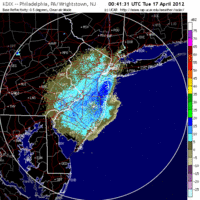
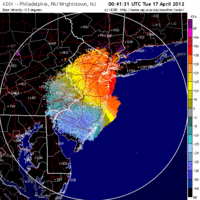
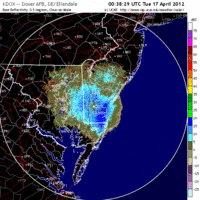
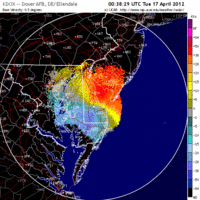

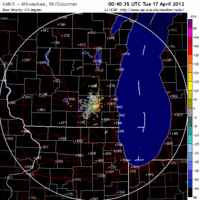
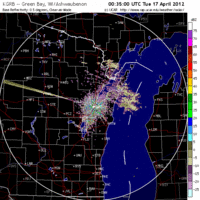
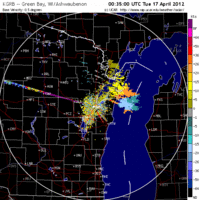
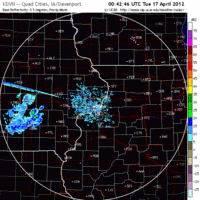
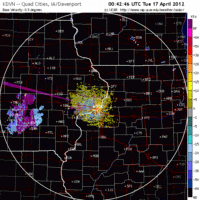
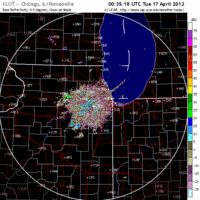
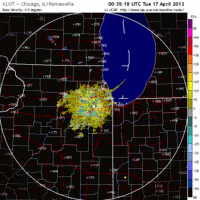
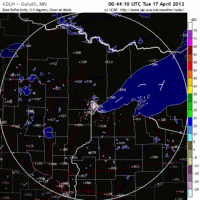
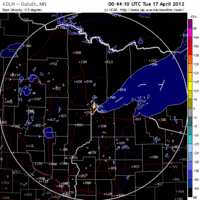
3 responses to “Migration conditions deteriorate across central U.S. while East Coast gets new birds”
OK morning at the Sandy Hook (wow, I’m here on something other than NE winds!!!). Pockets and small waves of WTSP suggested recent arrivals an Tom Boyle confirmed that there were not many yesterday. Small groups of YRWA, scattered HETH, with handfuls of PAWA, single BHVI and WEVI. BLJA flock circling the point.
In hindsight, I wonder if I should have started at Hartshorne Woods or something in the Atlantic Highlands.
At Prospect Park, Brooklyn, New York, numbers were steady since yesterday for nearly all species, except that we had a huge influx of Yellow-rumped Warblers overnight. Chimney Swifts also appeared over the last couple days.